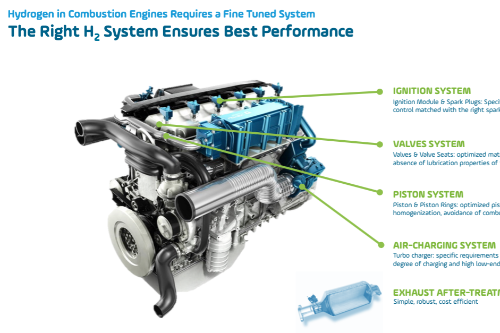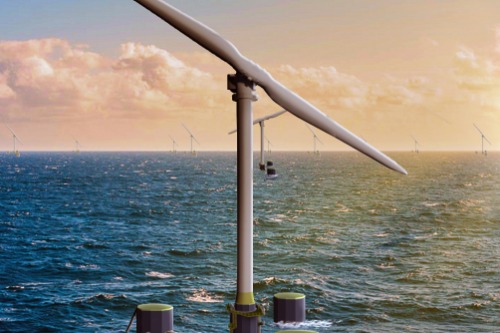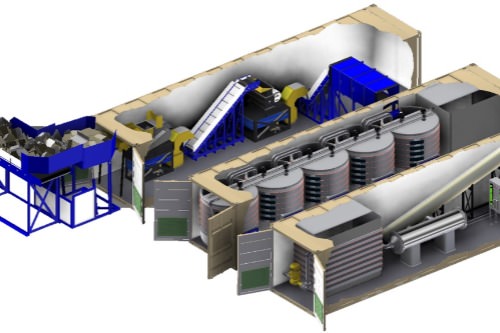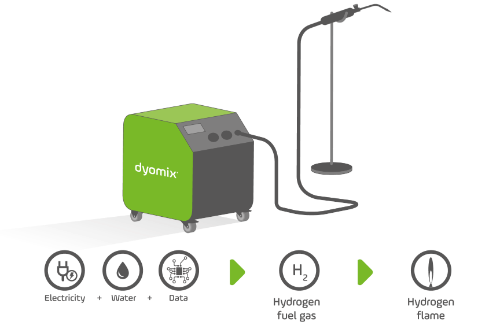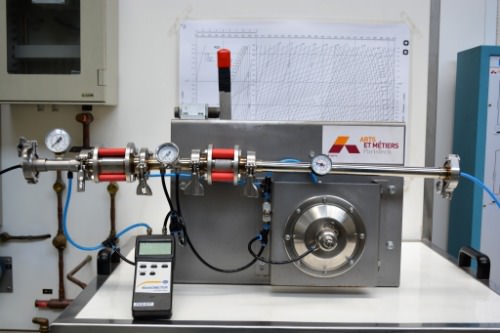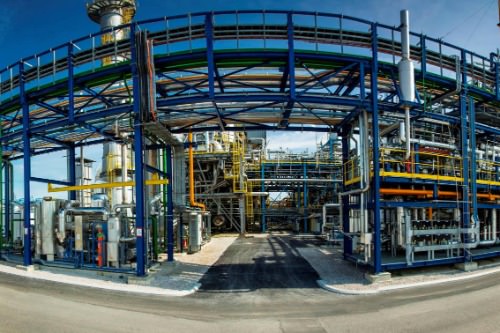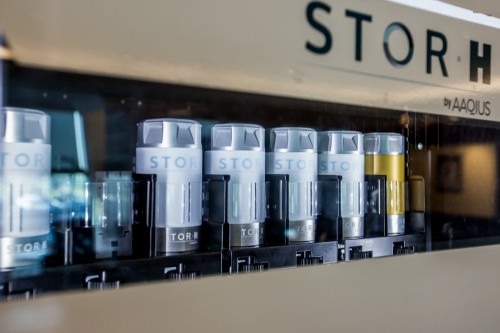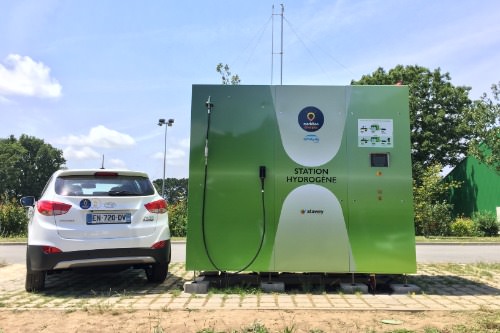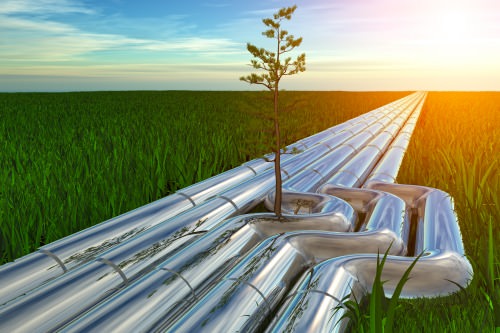News - September 25, 2020
8 reasons why hydrogen is the next big thing in energy


Written by Tristan Lebleu 5 min read
Is hydrogen the solution to decarbonize our societies? After years of debate on which role it would take in the energy transition, it seems hydrogen technologies are about to enter the mass market stage. For the past three months, not a single week has gone by without a new announcement on a hydrogen strategy from either governments or businesses. From investments, technology developments, reports, here are just some of the indications that hydrogen is about to enter our daily lives and offer a solution to decarbonise our most carbon-intensive industries.
Public money is flowing
Many countries in Europe and Asia have taken the opportunity of their post-pandemic economic recovery plans to roll out ambitious hydrogen strategies. France has recently announced a €7 billion package to build a carbon-free hydrogen industry. Germany issued a similar plan of €9 billion. In July, the European Commission said it is looking to increase its production capacity of electrolysers from 250MW today to 40GW in 2030. Similar strategies have been released by the UK, Australia, and Asian countries. These are just some of the most recent announcements, but they show a clear trend towards massive public investments in the sector.
Refuelling stations or vehicles? The chicken and egg problem finally solved
Between refuelling stations and vehicles, which should come first? If there are no hydrogen stations, customers will be reluctant to acquire hydrogen vehicles. But with no vehicles, the demand is too low for hydrogen refuelling stations. This situation has often been described as a “chicken and egg problem”, and has been central in the development of this new energy vector. Until now?
Thanks to strategic partnerships between many different actors of the ecosystem, both vehicles and stations are coming at the same time. These ecosystems often include automakers, mobility companies, logistics companies, hydrogen producers, fuel stations, etc. By coming together with both demand and supply at the same time, they can be the key to hydrogen’s development.
A perfect example of such a successful business model was set by Air Liquide, a world leader in hydrogen production and Hype, the first 100% hydrogen taxi fleet. Hype’s fleet guarantees sufficient demand for the Air Liquide stations in and around Paris. Hype now counts 130 taxis in operation, making it the largest fleet of FCEVs in the world.
Hydrogen trains are moving to their next destination
Following its successful launch in Germany, Coradia iLint, the world’s first hydrogen-fueled train, is now expanding to Austria. The bright blue train developed by Alstom offers a clean alternative to old polluting diesel locomotives on non-electrified lines. The German northern region already plans to buy another 14 of these trains, while France plans to operate its first hydrogen-fueled train by 2022. For governments, the choice is a no-brainer as the cost to operate hydrogen trains is much lower than their diesel counterparts, even though they are more expensive to buy.
Hydrogen trucks hit the road
In July 2020, Hyundai Motor is shipping the first 10 units of XCIENT Fuel Cell, the world’s first fuel cell heavy-duty truck, to Switzerland. The company plans to roll out 50 trucks by the end of the year and a total of 1,600 units by 2025.
This is part of an innovative business model set by Hyundai: the trucks will be leased to commercial truck operators on a pay-per-use basis by Hyundai Hydrogen Mobility (HHM), a joint venture with Swiss company H2 Energy. This means the commercial fleet customers need no initial investment and could accelerate the adoption of hydrogen trucks. In parallel, to guarantee a network of refuelling stations, AVIA opened its first hydrogen filling station in St. Gallen, Switzerland, which was inaugurated by Bertrand Piccard.
The price of green hydrogen is falling
While hydrogen is the most abundant element in the universe, it is not easily available on our Planet. To produce hydrogen, different methods exist: using fossil fuels like oil and coal, which emit CO2 into the air (grey hydrogen); using the same process, but adding carbon capture technologies to prevent CO2 emissions (blue hydrogen); or using renewable electricity to power an electrolyzer that splits the hydrogen from water molecules (green hydrogen). While green hydrogen is the only sustainable solution, its price is much higher than its blue and grey counterparts.
However, according to a new study on hydrogen economics by IHS Markit, the price of green hydrogen is dropping fast, mostly due to economies of scale and the falling costs of renewables. In its hydrogen strategy, the European Commission announced a target price of €1-2/kg for green hydrogen, which would make it competitive with grey hydrogen (currently around €1.5/kg). Australia has a similar plan named “H2 under 2” program, to bring down the cost of green hydrogen below AUS$2 ($1.40)/kg.
Fossil fuel companies are tapping into hydrogen potential
The ecological transition will happen much faster if it doesn’t leave companies by the wayside. And one particular type of company must embark on the journey: utility and petrol companies, considering their financial importance. Green hydrogen could be a good solution to have them on board, and latest announcements show that they are willing to shift.
Just this week, Spanish utility Iberdrola announced the creation of a new business unit aimed at developing green hydrogen to supply industry and heavy transport. It also unveiled a project for a 100MW solar photovoltaic plant and hydrogen production system which will use electrolysis to convert renewable energy into hydrogen fuel. The plant should be operational by 2021 and cut 39,000 tonnes of carbon dioxide emissions a year.
Recently, Shell announced plans for an offshore wind farm in the North Sea dedicated to the manufacture of green hydrogen. The NortH2 project would have a capacity of 3 to 4GW by 2030, and plans to expand to 10 GW by 2040.
Hydrogen is injected in our natural gas infrastructure
Hydrogen is often referred to as a solution to decarbonise the transport sector. But there's another area where green H2 could be a key to reduce GHG emissions: heat. In many developed countries, the main source for heating is natural gas, a fossil fuel. For example, in the UK, heating accounts for a third of carbon dioxide emissions. In order to reduce these emissions, hydrogen could be injected in the existing natural gas network.
In January, the UK launched a test project to inject a 20% hydrogen and natural gas blend to heat 100 homes and 30 faculty buildings at Keele University in Staffordshire. The HyDeploy project is a trial that aims to prove that blending up to 20% volume of hydrogen with natural gas is "a safe and greener alternative to the gas we use now".
The main advantage of this solution is that hydrogen can use the existing gas infrastructure, so that customers don’t need to change their cooking or heating appliances to take the blend, meaning less disruption and less costs.
While currently UK network companies are allowed to blend up to just 0.1 per cent mix of hydrogen in the gas grid, If deployed on a nation-wide scale, the 20 per cent blend could save 6 million tonnes of CO2 emissions per year.
Innovation is booming
The number of innovative hydrogen technologies has considerably increased in recent years. These solutions facilitate the transportation of hydrogen, such as Hysilabs, its production, such as HyRiS or Atawheel, or its storage, such as Stor-H. Many of these technologies have been labelled by the Solar Impulse Foundation as they support the energy transition and have moved beyond the demonstration phase. See a list of labelled solutions below this article.
Those are just some of the signs that hydrogen is bound to enter our daily lives. Even though hydrogen still has challenges to overcome, there is little doubt that it will play a key role in a clean, secure and affordable energy future. According to BNEF’s Hydrogen Economy Outlook, hydrogen could account for as much as 24% of global final energy demand and could create 5.4 million jobs by 2050. As Fatih Birol, Executive Director of the International Energy Agency, stated in “The Future of Hydrogen” report:
“Hydrogen is today enjoying unprecedented momentum. The world should not miss this unique chance to make hydrogen an important part of our clean and secure energy future.”

Written by Tristan Lebleu on September 25, 2020
